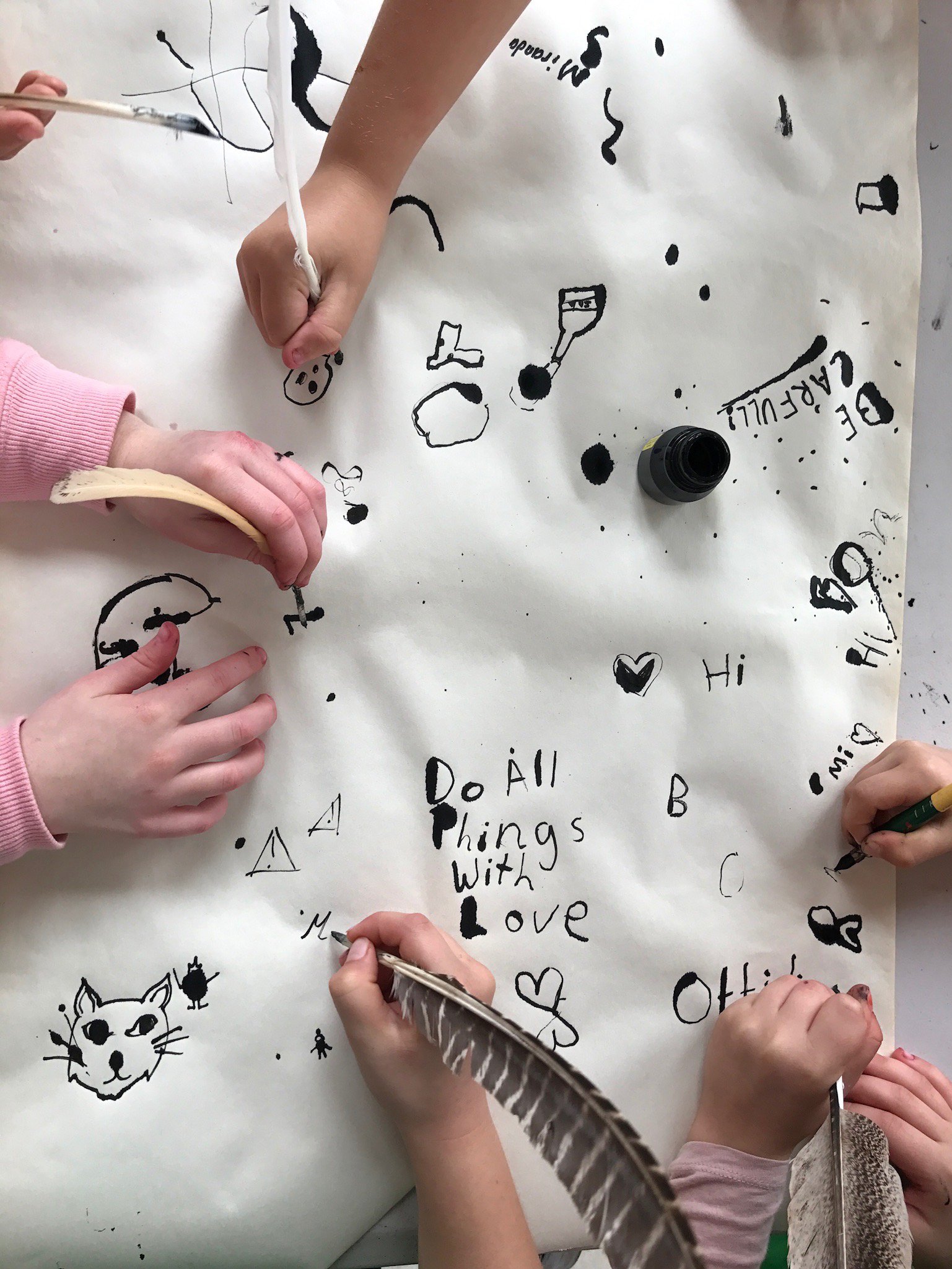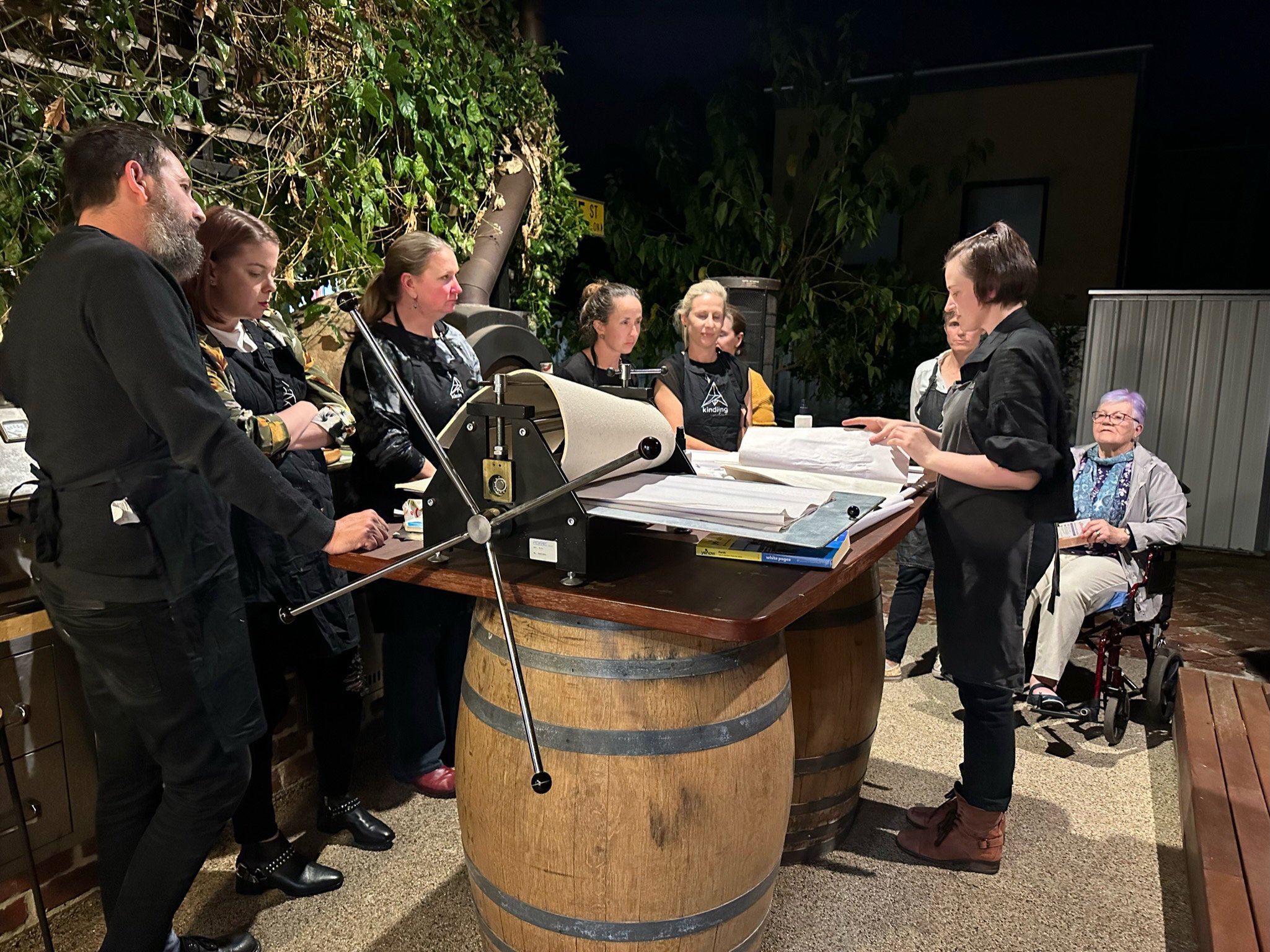
/ziːn/ ZEEN : News and Views

2025 is the year of creative wealth
Let’s make 2025 the year of valuing and practicing creativity.
Did you know that doing art regularly (even just once a month) can add years to your life??
In these tight economic times, we often drop the things that keep us well and connected and also skilled and practiced. So, why don't we look at generating some creative wealth instead?

The future: what's in it for our kids?
Soft skills such as creativity, caring and connection are key to enabling fulfilled teams, meaningful work and career prospects, and nurturing future leaders.

Pass the creativity along!
We thought about ways we could not only keep our creativity going, but also keep connected with other creatives… We thought, what if we could “pass the creativity along”?

Survival skills for the future (one palette knife at a time)
Tools like palette knives, whittling knives, lino carving tools, drills and saws can be dangerous if used incorrectly. But they also give a great sense of agency to children who, through their creative projects, are empowered to make a mark in and on their world.
